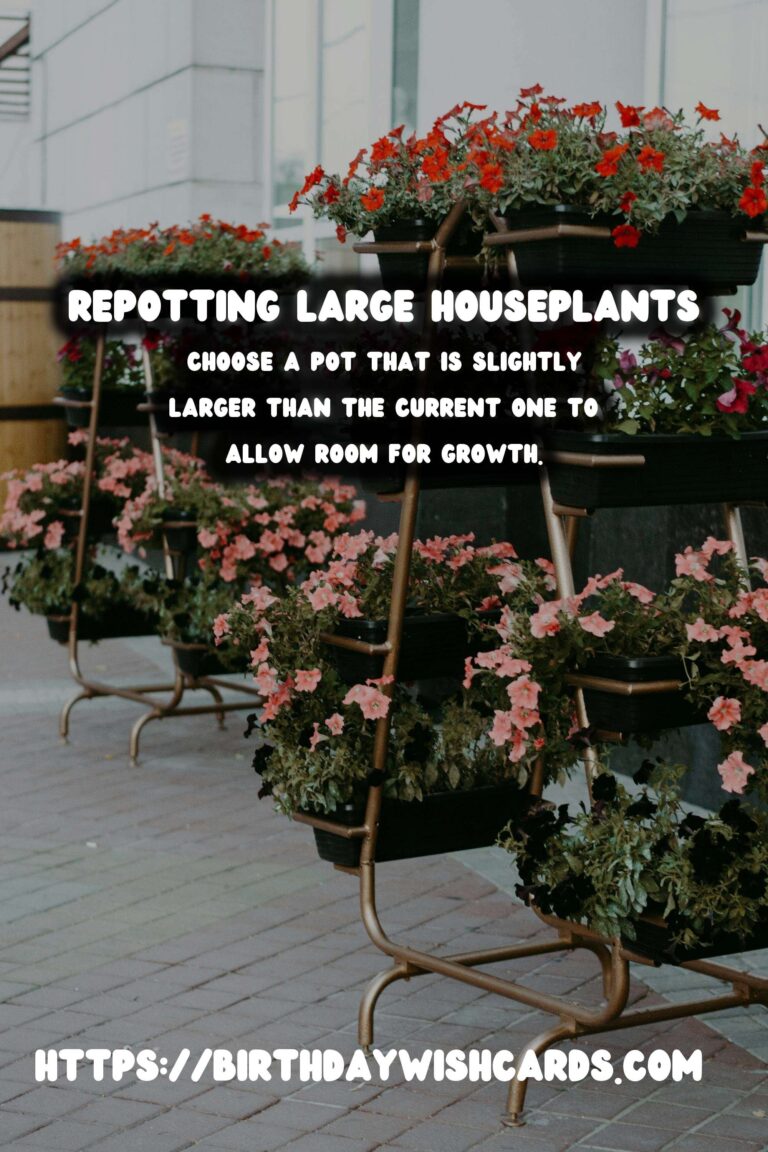
Repotting large houseplants can seem like a daunting task, but with the right approach, it can be a rewarding experience that promotes the health and growth of your plants. In this article, we will explore the essential tips and tricks for successfully repotting large houseplants to ensure they thrive in their new environment.
Understanding the Need for Repotting
Recognizing when your large houseplants need repotting is crucial. Signs that your plant may need a new pot include roots growing out of the drainage holes, stunted growth, or the soil drying out faster than usual. These indicators suggest that the plant has outgrown its current container and requires more space to continue thriving.
Choosing the Right Pot
When selecting a new pot for your large houseplant, consider the size, material, and drainage capabilities. The pot should be slightly larger than the current one, allowing room for growth without overwhelming the plant. Materials like terracotta and ceramic offer good drainage, but ensure there are sufficient drainage holes to prevent waterlogging.
Preparing for the Repotting Process
Before you begin repotting, gather all necessary tools and materials. These include the new pot, fresh potting soil, a trowel, gardening gloves, and possibly a stake for support. Water the plant a day before repotting to reduce stress and make the roots more pliable.
Steps to Repotting Large Houseplants
1. Remove the Plant: Gently remove the plant from its current pot. You may need to tilt the pot on its side and tap the bottom to loosen the root ball.2. Inspect the Roots: Check the roots for any signs of rot or disease. Trim away damaged or overly long roots with sanitized scissors to encourage healthy growth.3. Add Fresh Soil: Fill the new pot with a layer of fresh potting soil, ensuring it is suitable for your plant species.4. Position the Plant: Place the plant in the center of the new pot, making sure it sits at the same depth as it was in the old pot.5. Fill and Tuck: Add more soil around the root ball, gently packing it down to eliminate air pockets, but avoid compacting it too tightly.6. Water Thoroughly: Water the plant well to help settle the soil and encourage root establishment in the new pot.
Aftercare for Repotted Houseplants
After repotting, place your plant in a location with ample light, but avoid direct sunlight for a few days to reduce stress. Monitor the plant closely for signs of distress such as wilting or yellowing leaves, which may indicate a need for adjustment in care.
Common Mistakes to Avoid
Some common mistakes when repotting large houseplants include over-watering, using the wrong type of soil, or placing the plant in a pot that is too large, leading to root rot. Avoid these pitfalls by following the steps and tips outlined in this article.
Conclusion
Repotting large houseplants is an essential practice for maintaining their health and encouraging growth. By understanding the signs that your plant needs repotting, selecting the appropriate pot, and following the correct procedure, you can ensure a successful transition for your beloved houseplants. With these tips and tricks, you’ll be well-equipped to tackle the task with confidence.
Repotting large houseplants is essential for maintaining their health and encouraging growth. Recognizing when your large houseplants need repotting is crucial for their continued thriving. Choose a pot that is slightly larger than the current one to allow room for growth. After repotting, place your plant in a location with ample light but avoid direct sunlight for a few days. Avoid common mistakes like over-watering and using the wrong type of soil. 
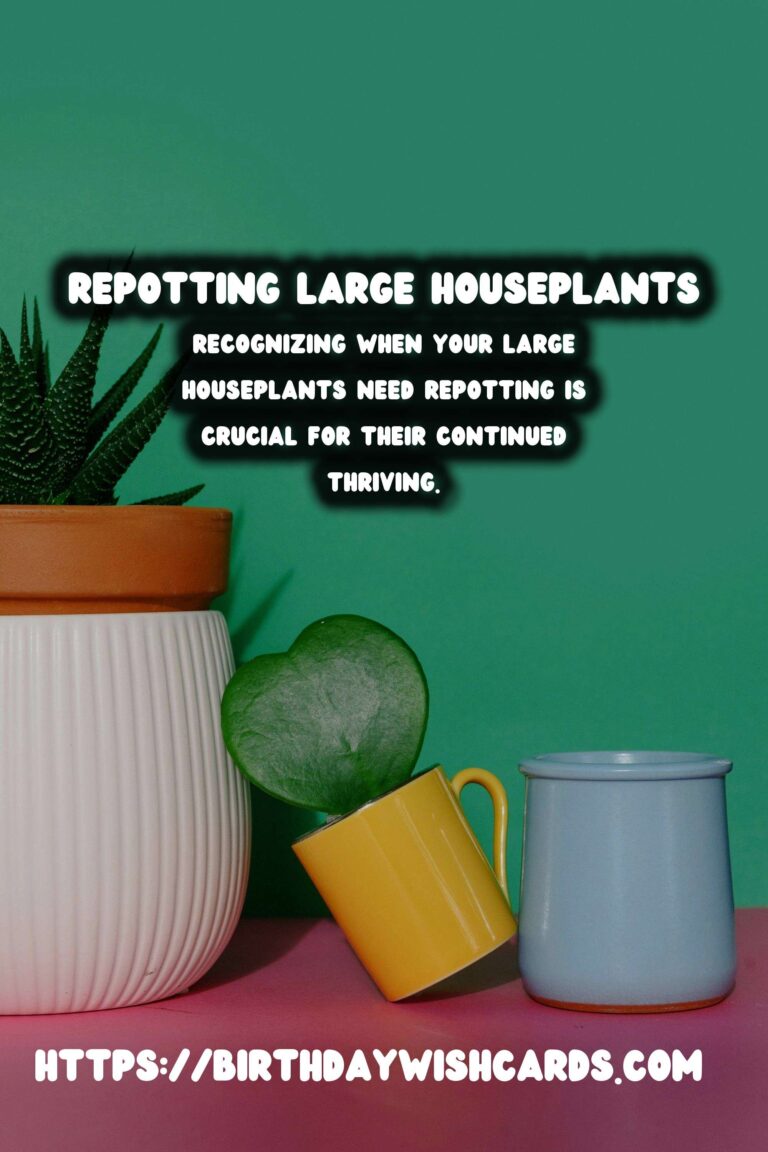
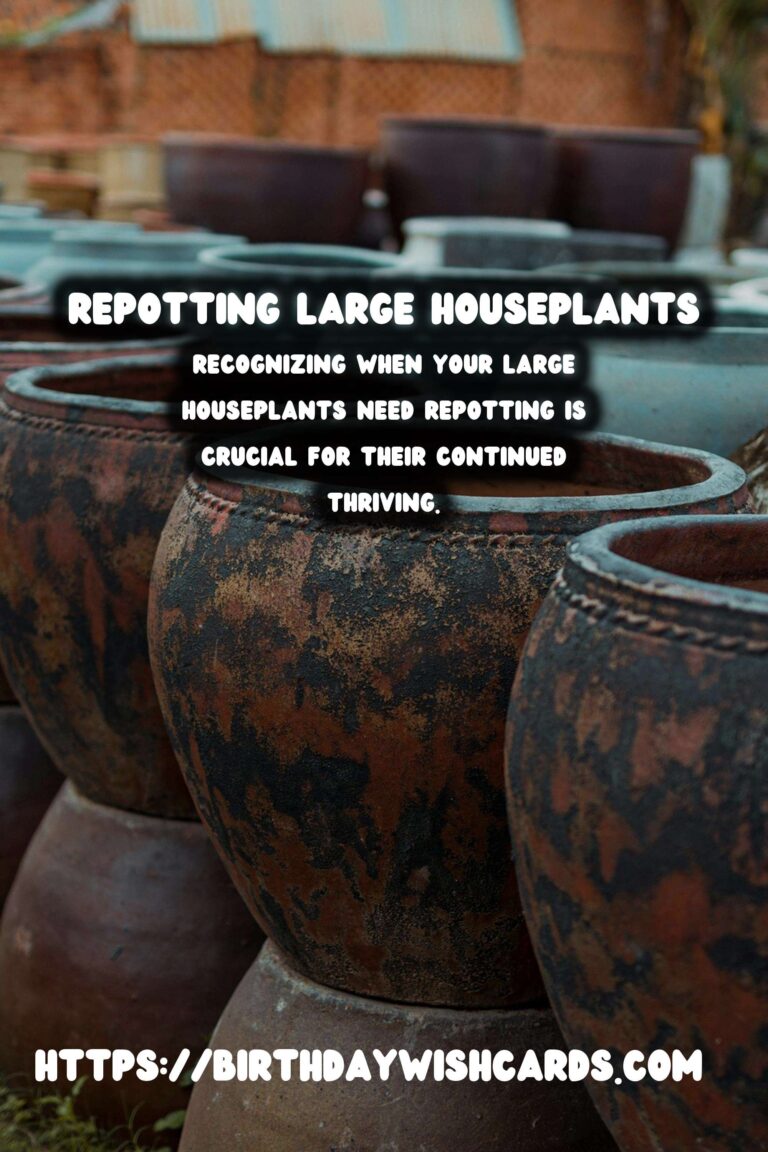
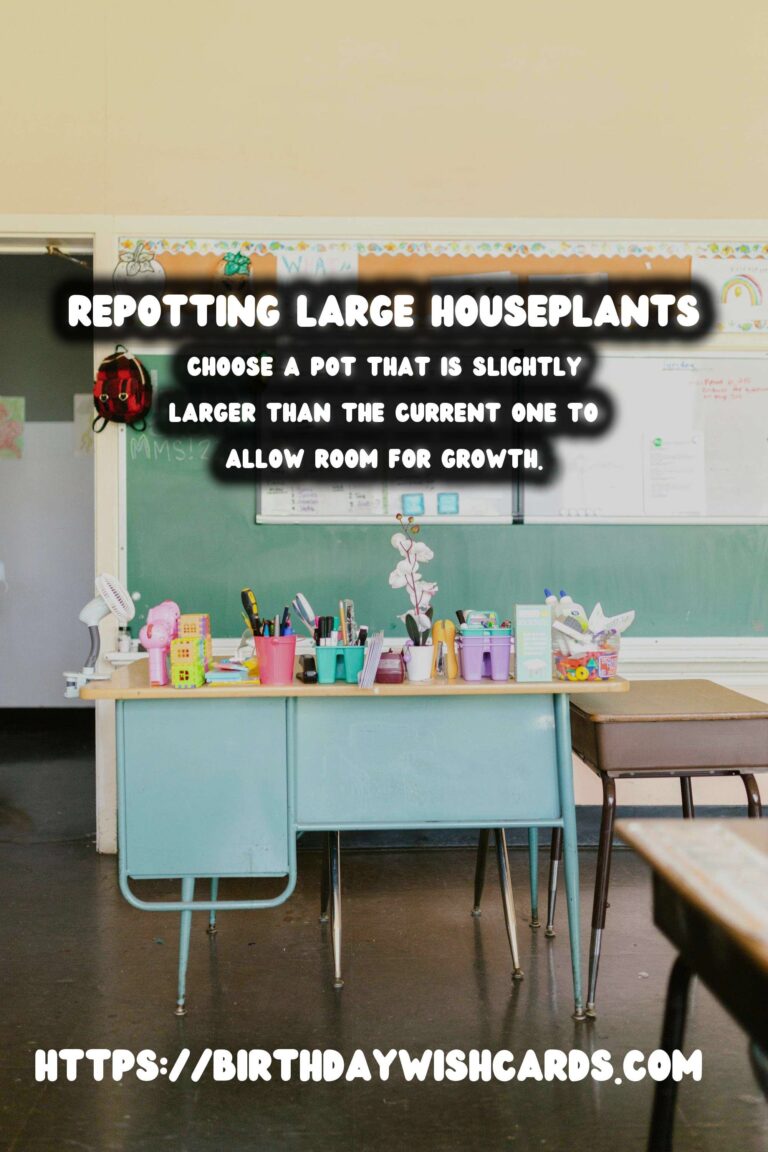
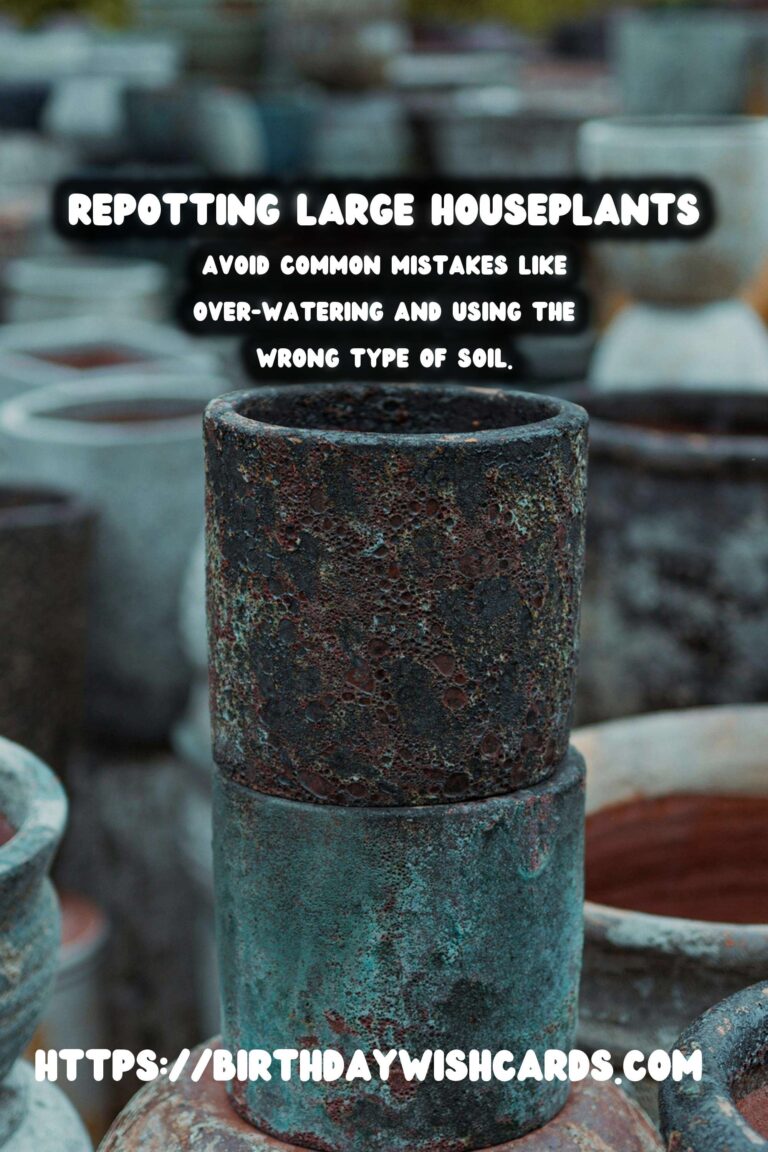
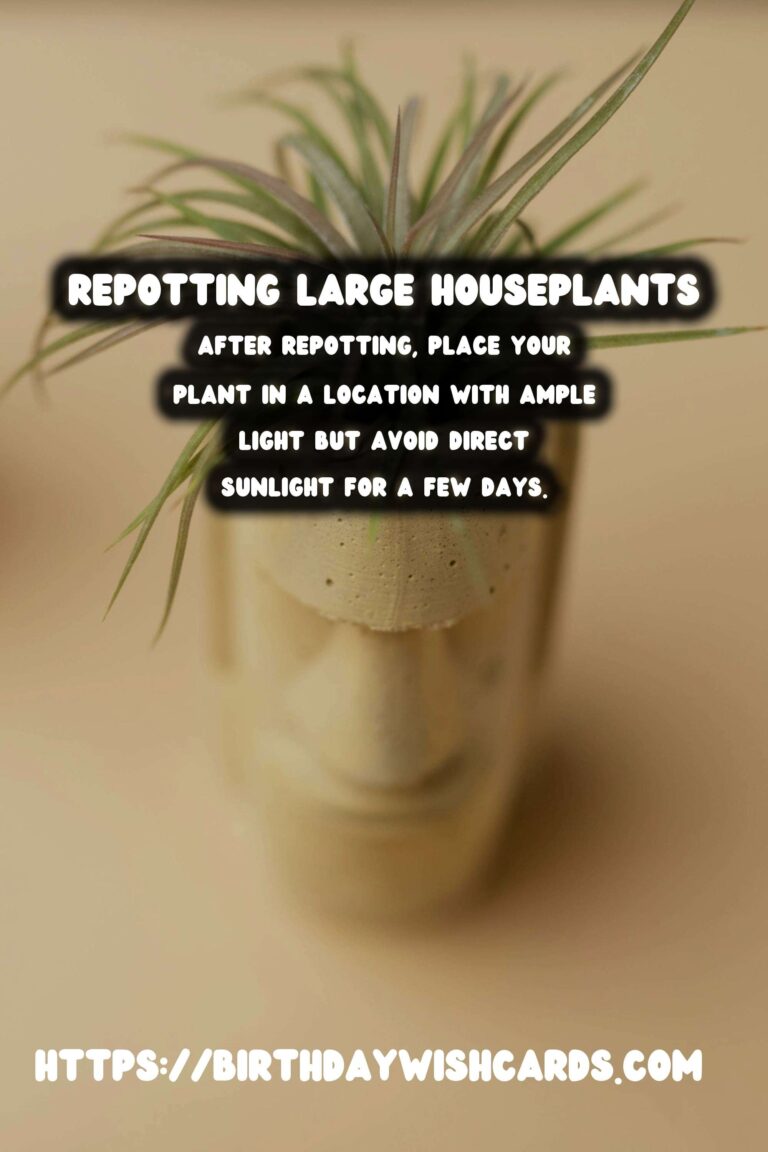
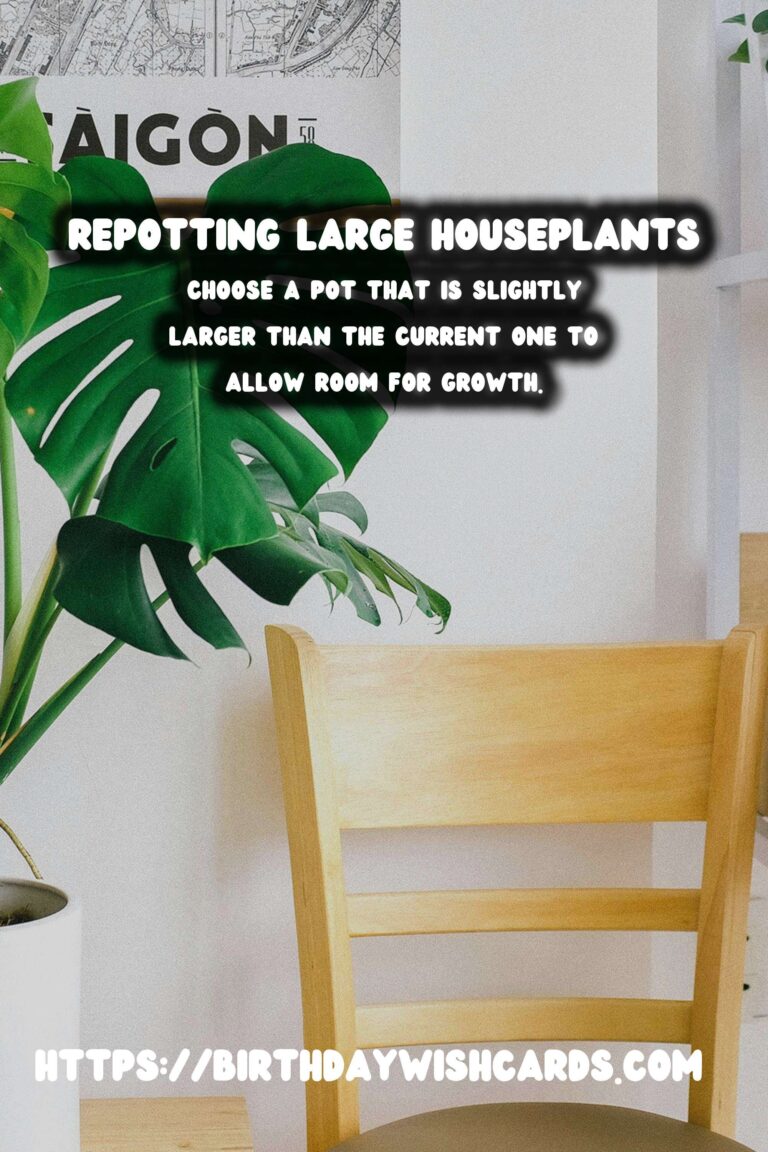
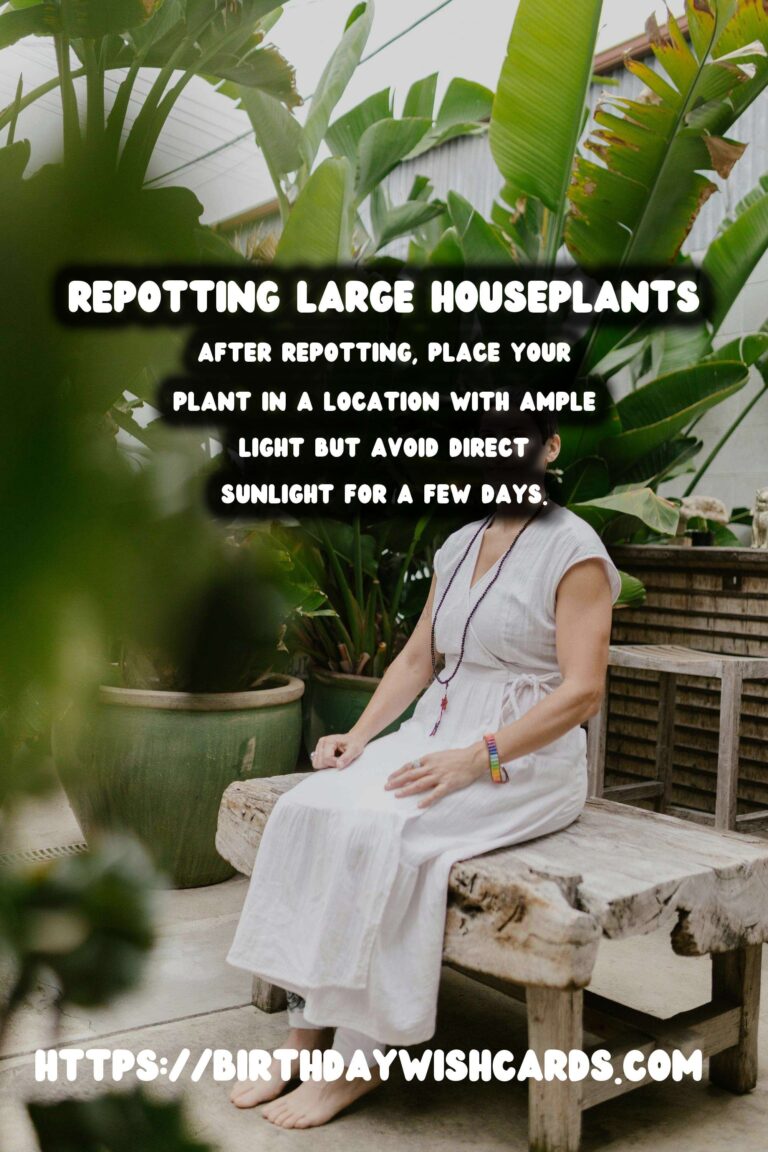
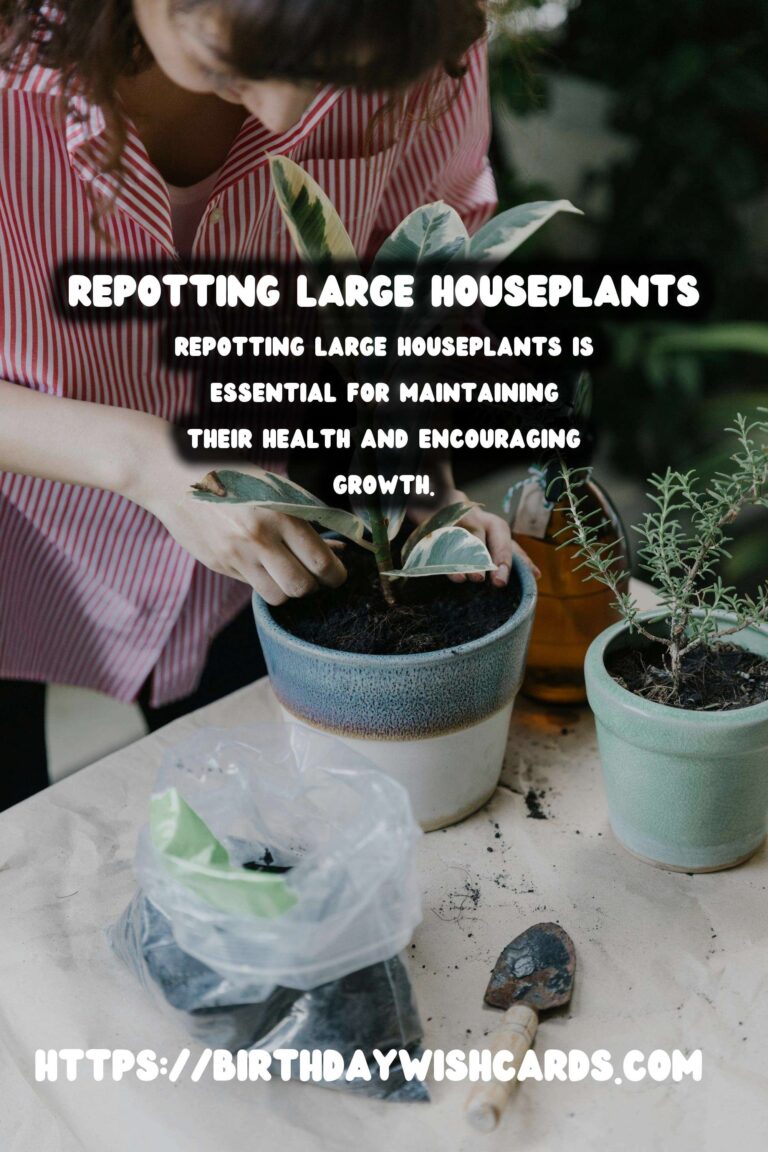
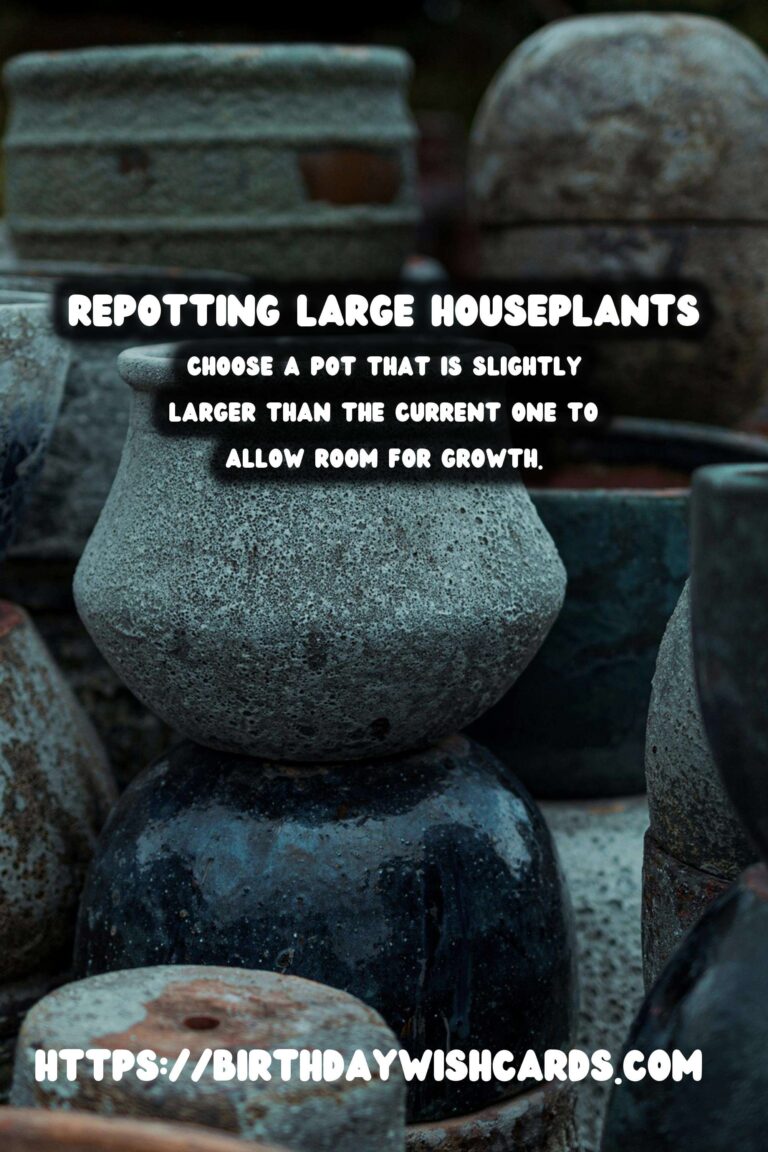
#Houseplants #GardeningTips #RepottingPlants #IndoorGardening




